What is Ransomware?
Definition, How it Works, and How to Respond
What Is Ransomware? ↓ How Attacks Work Now ↓ The Business Impact of Ransomware ↓ Industry-Specific Ransomware Threats ↓ Prevention vs. Protection vs. Recovery ↓ Ransomware Prevention Strategies ↓ Ransomware Protection Through Zero Trust Architecture ↓ Ransomware Detection and Response ↓ Recovery At Speed ↓ Should You Pay the Ransom? ↓ Emerging Ransomware Trends ↓ Choosing the Right Ransomware Protection Solution ↓ Ransomware Defense: Move from Awareness to Action ↓ FAQs
What Is Ransomware?
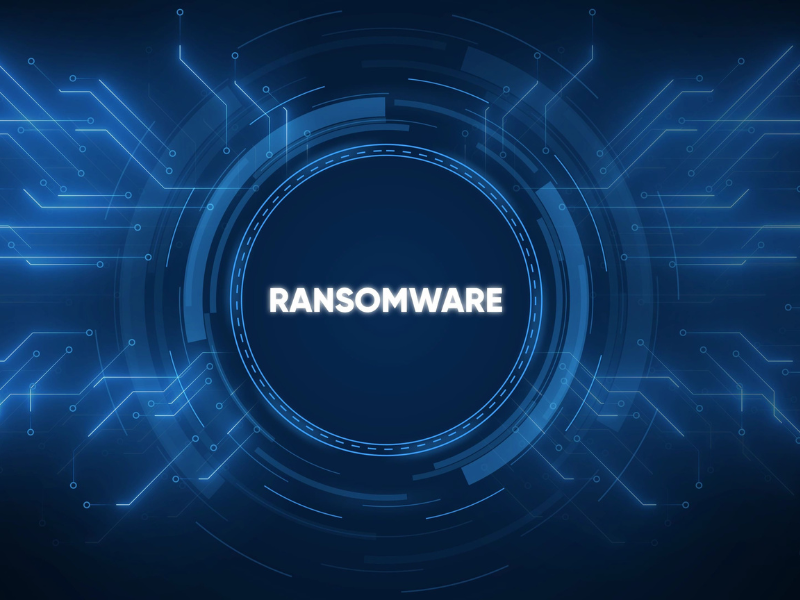
Types of Ransomware Attacks
Not every ransomware attack looks the same. However, there are some commonalities in the tactics used. Some of the most common types include:
- Crypto ransomware: The encryption of data and files, demanding payment in exchange for a decryption key.
- Locker ransomware: The blocking of entire systems or devices until a ransom is paid.
- Double extortion: The theft of files and data followed by encryption, threats of leaks, and blocked access if payment isn’t made.
- Ransomware as a Service (RaaS): Organized attacks that allow attackers to “rent” ransomware tools, lowering the barrier to entry for attackers.
- Wiperware: An attack that initially seems like ransomware, but is designed only to destroy data without an opportunity to pay for a recovery key.
Who Gets Targeted?
Put simply, ransomware actors can target almost anyone. Although threat actors are typically motivated by financial profit, others are “hacktivists” looking to make a political or ideological point. Some of the most common targets include:
- Critical infrastructure: This includes healthcare providers, utilities, and manufacturing sites, which are targeted because downtime is costly and the pressure to pay is high.
- Finance and government: These organizations hold sensitive personal and financial data that can be valuable to attackers or those looking to cause disruption.
- Education: In addition to having sensitive data, schools and universities often have limited budgets for security controls.
- Small and mid-sized businesses (SMBs): SMBs may lack advanced defenses yet still hold financially valuable data, such as credit card or banking information.
How Attacks Work Now
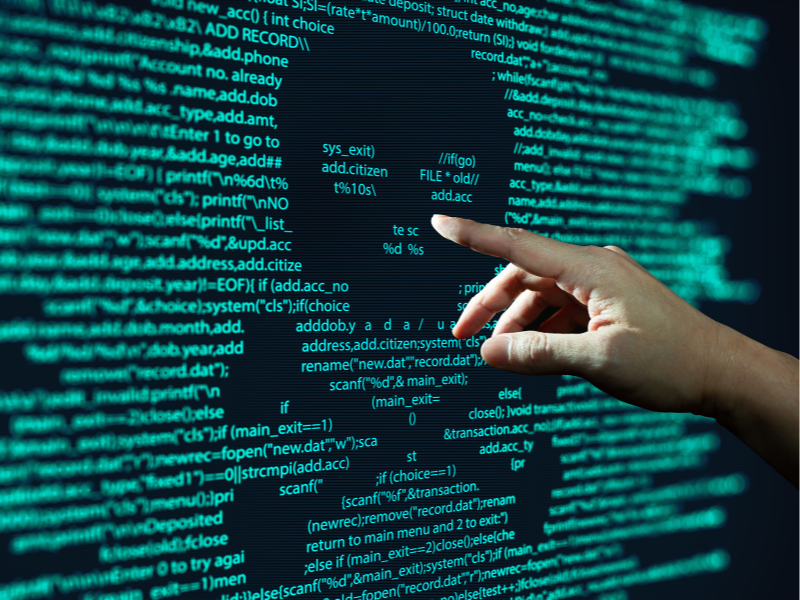
The Initial Access Phase
Attackers can use a variety of techniques to get a foothold, including:
- Phishing: Credential-stealing emails, malicious attachments, and fake login pages are often targeted at HR, finance, or IT employees who have unique access.
- RDP and exposed services: Unpatched or misconfigured remote desktops, VPNs, and apps are scanned and brute-forced by attackers.
- Supply-chain attacks: Compromise of a vendor, software update, or managed service gives attackers broad downstream access.
- Third-party and vendor access risks: Persistent or over-privileged vendor accounts create openings for attackers; unmanaged credentials and long-lived VPNs increase risk.
The Expand Phase
Once attackers have gained a foothold, they will quickly seek methods to expand their access and privileges across the network, such as:
- Privilege escalation: Exploiting vulnerable services, hunting for misconfigurations, and using exploits to move from a low-privilege user to an administrator.
- Credential harvesting and reuse: Dumping credentials from a server or workstation’s memory, extracting hashes, stealing tokens from domain controls, or harvesting saved passwords from browsers and password managers.
- Token and ticket attacks: Using Pass-the-Hash (passing the user or service account’s password hash), Pass-the-Ticket (a forged version of the account’s Domain-authenticated ticket), and Golden Ticket (impersonating the Domain Controller’s authentication mechanism) attacks to pretend to act as high-privilege accounts and expand access or read data.
- Lateral movement: Using native network management protocols and techniques to move to new hosts without triggering traditional security tools.
- Living-off-the-land: Leveraging native tools to avoid detection and mimic legitimate network activity.
- Command-and-control tools: Deploying open source frameworks such as Cobalt Strike or Sliver to maintain stealth and navigate around a network.
The Exfiltration and Encryption Phase
Once they’ve gained privileged access and expanded their reach, attackers then exfiltrate data. Data is compressed, staged, and moved via encrypted tunnels, cloud uploads, or covert channels before encryption tools are executed across target systems to disrupt operations.
The Extortion and Post-Encryption Phase
After encryption, attackers send communications to demand payment for decryption keys and to avoid public disclosure.
Attackers can also choose to:
- Host data auctions to release data to leak sites.
- Threaten reputational damage and doxxing, in which targeted leaks of sensitive customer or employee data are used to force faster and increased payments.
- Execute follow-on extortion against former victims or their partners.
Today’s ransomware attacks are increasingly sophisticated, human-operated, multi-staged, and tailored events. They blend technical exploits with social engineering, relying on speed, stealth, and access to third parties to evade defenses.
Related Resources
The Business Impact of Ransomware
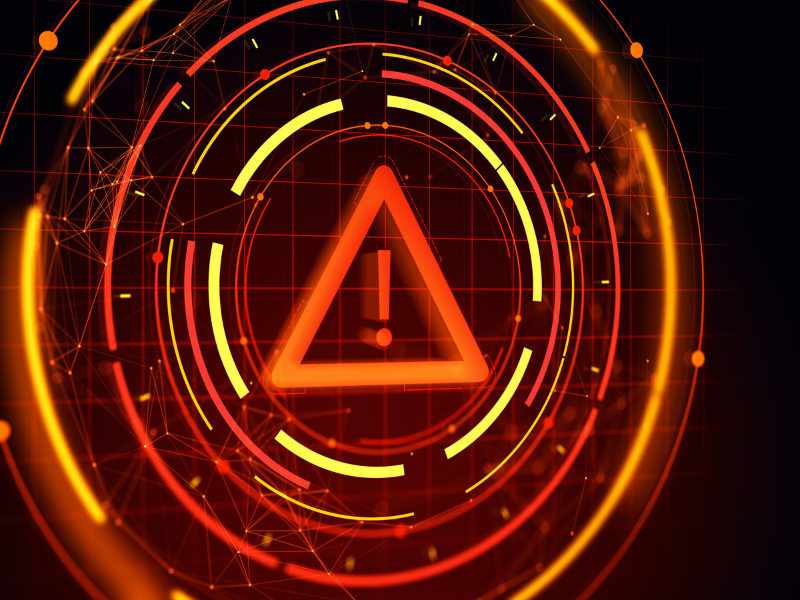
Average Ransom Demands by Industry
- Healthcare: $3.49 million
- Government: $1.58 million
Downtime Costs and Recovery Timeframes
The average downtime following a ransomware attack is approximately 21 days, resulting in an average cost of $14,000 per minute.
Impact on Reputation and Customer Trust
In addition to the direct bottom-line impact of having to pay ransoms, replace equipment, and handle legal fees, ransomware incidents can also severely damage an organization's reputation. This loss of customer trust can lead to long-term effects that often outweigh the immediate financial costs.
Regulatory Compliance Implications
In addition to direct financial costs, industries such as healthcare and finance are subject to stringent regulations, including HIPAA, which can lead to additional violations, hefty fines, and legal consequences.
Insurance Premium Impacts
Organizations relying on cyber insurance to mitigate their risk are seeing their premiums increase significantly. Some sectors are experiencing a 10 percent or more rise in their premiums, with additional increases or the potential for revocation if an organization fails to demonstrate that security controls are in place.
Related Resources
Industry-Specific Ransomware Threats

Healthcare
Healthcare ransomware attacks often target highly sensitive patient electronic health records, imaging systems, and scheduling platforms. Whether to cause havoc or exact a hefty ransom, the consequences of a ransomware attack can extend beyond HIPAA violations to include delayed treatments and patient safety risks.
Manufacturing
In manufacturing ransomware scenarios, attackers target production lines, SCADA systems, and safety equipment, which can result in millions of dollars in losses and endanger workers. Manufacturing plants often run legacy systems incompatible with modern security controls, further increasing the risk and amplifying exposure.
Education
Schools and universities also hold sensitive student data and valuable intellectual property related to research. However, tight budgets often put cybersecurity at the bottom of the priority list, which makes schools vulnerable to opportunistic ransomware campaigns that exploit outdated defenses and weak identity controls.
Financial Services
Ransomware in the financial services sector targets customer data and transaction records, leading to costly compliance violations and eroded customer trust.
Government and Critical Infrastructure
Ransomware targeting government agencies or utilities can disrupt essential services, including energy grids and municipal services. Legacy systems and limited resources can raise the risk of a ransomware attack and the potential payoff for a successful campaign.
Prevention vs. Protection vs. Recovery

- Prevention decreases the likelihood of attackers gaining access with multi-factor authentication (MFA), patching, phishing controls, and hardening.
- Protection limits the blast radius when prevention fails with least-privilege access, segmentation/overlay, brokered vendor access, egress controls, and high-signal telemetry.
- Recovery allows for safe restoration with immutable/offline backups, clean-room rebuilds, and integrity validation.
This assume-breach mindset shifts focus from chasing every exploit to protecting the data and applications that matter most.
Ransomware Prevention Strategies
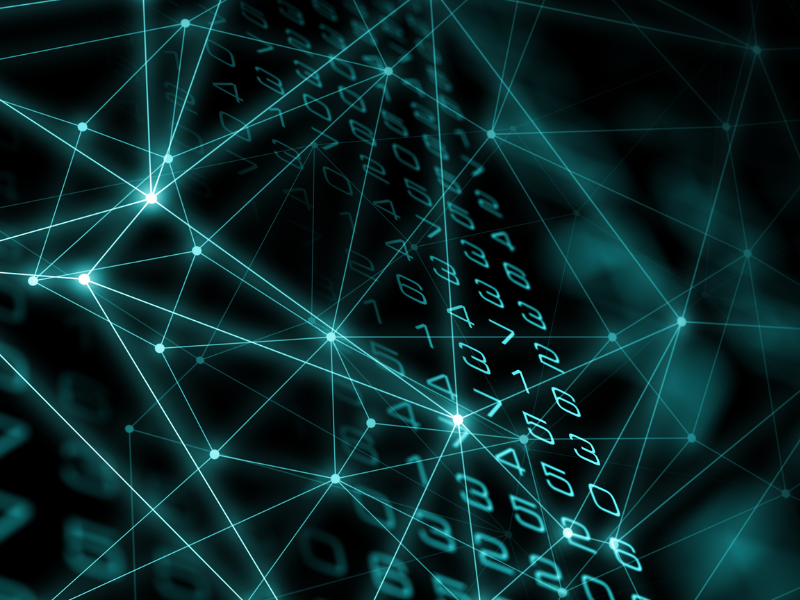
A multi-layered defense involves the following key actions:
Enabling Identity-First Access
- Multi-factor authentication (MFA): Require MFA for all users, especially administrators with broad system access and capabilities and third-party vendors with access to dedicated elements of your digital assets.
- Just-in-time privileges: Grant elevated access to users only when needed, and automatically revoke it afterward.
- Least-privilege policies: Utilize “default-deny access” to control unauthorized access to sensitive systems and data, enabling access only to what is required to perform one’s job.
Implementing Network and System Controls
- Segment and create an overlay for critical assets: Utilize network segmentation and application chambers to safeguard your digital crown jewels, including critical applications, databases, and sensitive systems that form the core of your operations. This segmentation also helps prevent lateral movement without the need to re-IP your network or implement complex and difficult-to-manage firewall rules.
- Brokered third-party sessions: If third-party users are part of your operations, ensure that your organization uses time-boxed, audited access that is specific to the systems they need to perform their work.
- Egress policy enforcement: Threat actors often seek exfiltration paths that differ from their initial attack vector. Ensure that your access rules and network routes restrict unauthorized outbound paths that could be used for data exfiltration.
Conducting Employee Training and Building Awareness
Employees remain the most common entry point. Continuous education on phishing, social engineering, and safe use of privileged credentials can reduce the likelihood of initial compromise that provides the basis for a ransomware attack. Use regular drills and simulated attacks to reinforce learning and evaluate the effectiveness of your training programs.
Following Patch Management Best Practices
Timely patching of operating systems, applications, and connected devices closes the commonly exploited vectors that threat actors use to compromise systems. These widely known and disclosed vulnerabilities provide attackers with a path forward, so prioritizing the development of a patch management process, especially for critical systems, is crucial to ensure there are no gaps.
Building a Robust Backup Strategy
A robust backup strategy is often the difference between a timely recovery and a catastrophe.
Use the 3-2-1 rule to ensure your organization’s resilience, even if attackers reach core systems:
- 3 copies of data
- 2 different media types (e.g., disk, cloud)
- 1 offsite copy
Just as crucial as creating backups is regularly testing their integrity and availability, as many organizations discover too late that their backups are corrupted, incomplete, or too slow to meet business needs.
Ensuring Network Hygiene
Strong network “hygiene” prevents attackers from finding easy footholds. This means more than routine patching, including:
- Removing unused accounts and services
- Disabling unnecessary protocols and ports
- Monitoring for unusual traffic, anomalous patterns, or unauthorized activity
- Ensuring default credentials are never left in place
Having strong network hygiene won’t stop attackers, but it will remove easy opportunities for them to expand their attack and make it easier for your organization to spot them early.
Related Resources
Ransomware Protection Through Zero Trust Architecture
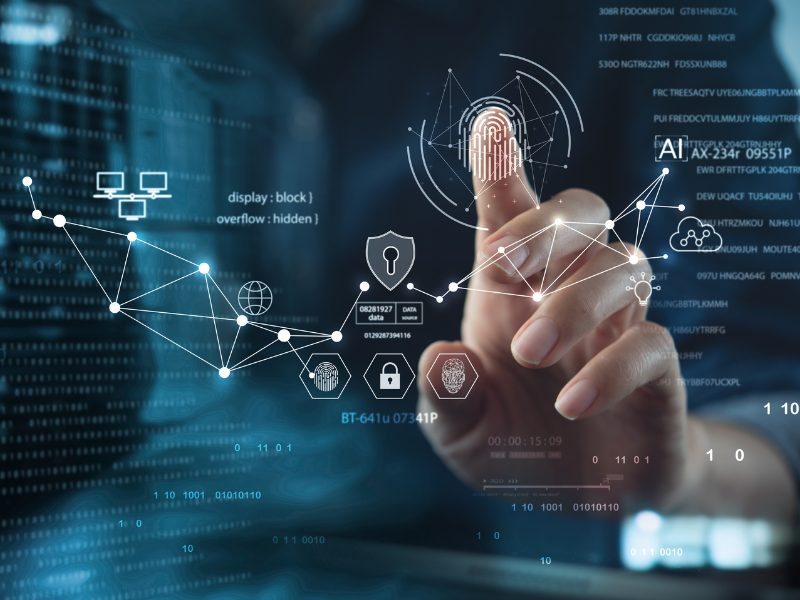
Implementing Zero Trust Architecture
A Zero Trust Architecture (ZTA) shifts the security perspective to one that assumes compromise and requires every request—whether from a device, user, or application—to be verified. This approach, when used in combination with access controls, segmentation, and other best practices, can limit the impact of a breach, stop lateral movement, and blunt a potential ransomware attack.
When implemented, a ZTA delivers:
Application Chambers
Application chambers isolate applications and databases, providing real-time protection enforced with granular access policies. This means that even if an account is compromised, ransomware cannot spread from one service or application to another, turning a potential attack into a contained event.
Microsegmentation
Microsegmentation enhances ransomware protection by blocking lateral movement at the network level, thereby limiting attackers’ ability to escalate and expand their reach. By creating digital zones around workloads and databases, enabled with network devices and segmentation rules, organizations can shield critical assets even if initial entry points are compromised.
Identity-First Security
Zero-trust ransomware defense hinges on identity, utilizing tools to provide continuous verification. This means that trust is reassessed and validated at every interaction, blocking anomalies such as unusual login attempts or attempts from unauthorized sources.
Related Resources
Ransomware Detection and Response

Early Warning Signs
The first signal is network and behavioral anomalies, such as sudden network traffic spikes, file system changes, unexpected encryption, or failed credential attempts.
Even subtle performance issues, such as sluggish applications, packet drops, or unexplained CPU spikes, can indicate the presence of malicious actors and processes.
Incident Response Framework
The first 24 hours following the identification of an attack are critical.
Have a well-vetted checklist in place to ensure a comprehensive and consistent response. This often begins with isolating affected systems, disabling compromised accounts, and confirming the integrity of backups. At the same time, execute communications plans to keep executives, IT staff, legal, and external partners up to date with the necessary details.
Finally, collaborate with forensic analysts to take the necessary steps to preserve evidence, including system and network logs, file hashes, and attack vectors. Collecting these details will aid in both investigation and support legal or insurance claims.
Automated Response Capabilities
Manual responses often fail to keep up with the speed of today’s ransomware attacks. Consider preparing automated playbooks that can quarantine infected endpoints, block suspicious connections, and trigger real-time alerts.
These automated response capabilities can integrate with security incident and event management (SIEM) platforms to utilize detection signals, such as file anomalies or lateral movement attempts, and launch containment immediately. This level of automation helps reduce response times from hours to seconds, buying precious time to protect critical assets.
Recovery At Speed
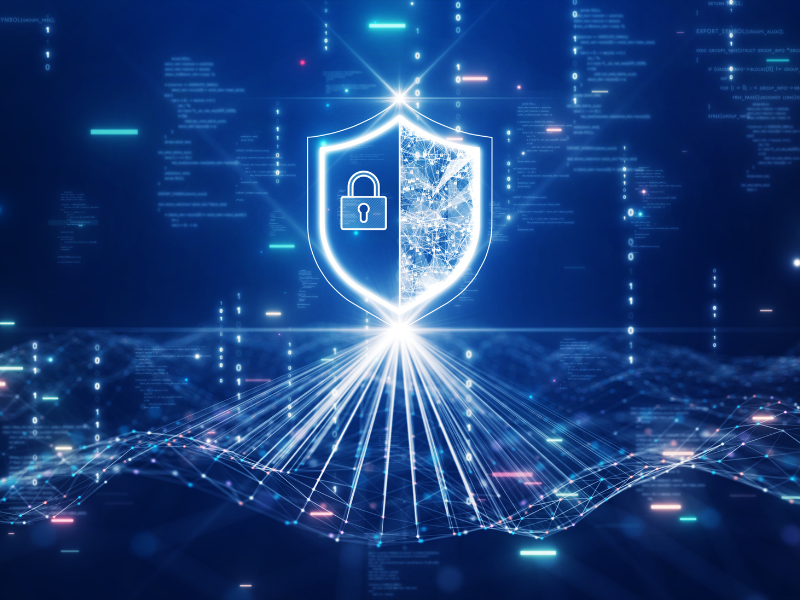
Recovery Timeline Planning
Business continuity planning should prioritize the systems and assets most critical to operations. For example, patient-facing applications, life safety systems, communications tools, and payment mechanisms should take precedence over less frequently used or non-customer-facing systems. Next, determine the time frames that each of these systems needs to be back “online” once it is confirmed that their data and operations are not affected by an attack. If they are, use a phased restoration approach to return critical functions first, followed by those less important to your operations.
Clean Room Procedures
Any recovery efforts should occur in an isolated, “clean room” environment to prevent the reintroduction of the malicious software. More specifically, backups or rebuilt systems should be restored in a quarantined network segment, validated for integrity, and scanned for malware or persistence mechanisms before reintroducing them into production.
This clean rebuild process not only limits attacker footholds but also supports the forensic analysis phase that follows the initial incident response. If artifacts are found, preserve the digital evidence to help legal, compliance, and investigative teams respond effectively.
Post-Incident Improvements
Each incident offers an opportunity to improve. Establish a structured time to capture lessons learned that can be integrated into playbooks, policies, and employee training.
Following the immediate fixes, organizations should then conduct a comprehensive review of their overall security posture, including access controls, policies, and network segmentation tools, to further harden defenses.
Demonstrating this level of resilience through recovery not only restores trust with customers and regulators but also strengthens readiness for future ransomware attempts.
Should You Pay the Ransom?

Legal and Ethical Considerations
In some jurisdictions, paying a ransom to sanctioned groups is a legal violation. Even when technically legal, paying a ransom can raise ethical concerns about funding criminal enterprises and incentivizing further attacks.
Law Enforcement Guidance
Agencies such as the FBI and CISA consistently advise against paying ransoms, urging organizations instead to report incidents promptly to help remediate and mitigate the impact of the attack. Working with authorities can also support broader efforts to disrupt criminal networks.
Success and Failure Statistics
Studies show that a significant percentage of victims who pay the ransom actually never fully recover their data. For example, a 2024 Ponemon Institute report found that only 13 percent of businesses fully recovered their data after paying the ransom. Attackers may provide partial decryption keys in an attempt to obtain more payments, leak stolen data anyway, or return later with additional demands.
Alternative Response Strategies
Instead of paying, organizations should prioritize safe restoration through tested backups, segmentation to contain the spread, and their incident response plans. Other mechanisms, such as cyber insurance, legal counsel, and crisis communications teams, can also help manage the impact of the ransomware attack without rewarding attackers.
Emerging Ransomware Trends
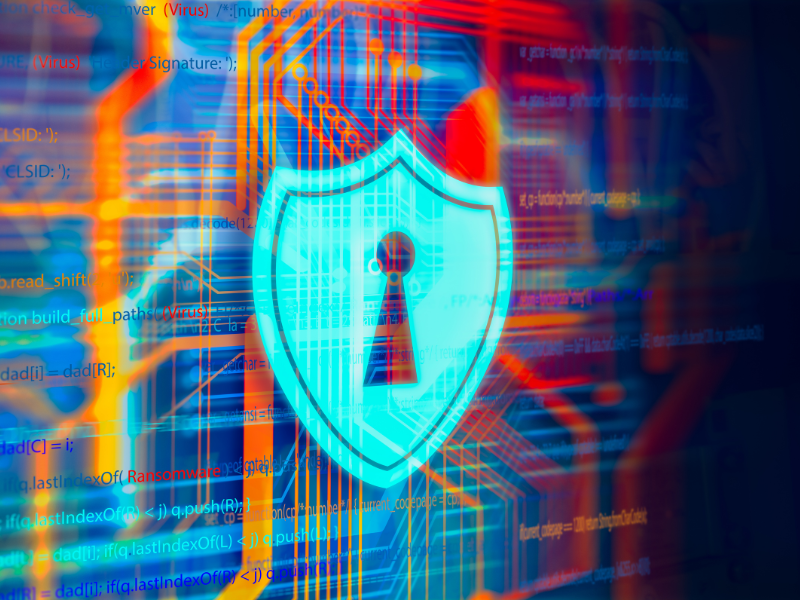
Ransomware-as-a-Service (RaaS)
RaaS platforms allow less sophisticated attackers to “rent” ransomware tools from more advanced developers, which lowers the technical barrier to launching a highly targeted attack. RaaS has contributed to a dramatic increase in both volume and geographic reach of attacks.
AI-Powered Attacks
Just as AI and machine learning are altering nearly every facet of our personal and professional lives, these technologies are increasingly helping attackers identify vulnerable systems, automate phishing campaigns and initial access attempts, and evade traditional detection.
Cloud-Targeted Campaigns
The shift to Software as a Service (SaaS), Platform as a Service (PaaS), and Infrastructure as a Service (IaaS) models is making it more complex for organizations to protect their critical assets. These services not only expand the attack surface to include more network touchpoints but also introduce more third-party access points.
IoT and OT-Focused Threats
Industrial controllers, smart devices, and connected machinery help accelerate productivity and visibility into operations. However, these technologies often lack robust security and are difficult to patch. Attacks against these targets not only introduce new attack vectors but also bring immediate operational and safety consequences for organizations that use them, further increasing the risks if exploited.
Quantum Computing Implications
Quantum computing is a double-edged sword; it threatens to break today’s complex encryption algorithms and empower future ransomware campaigns while also fueling the development of quantum-safe defenses. For attackers, this opens the door to a “steal now, decrypt later” approach that makes even encrypted data a target.
Related Resources
Choosing the Right Ransomware Protection Solution
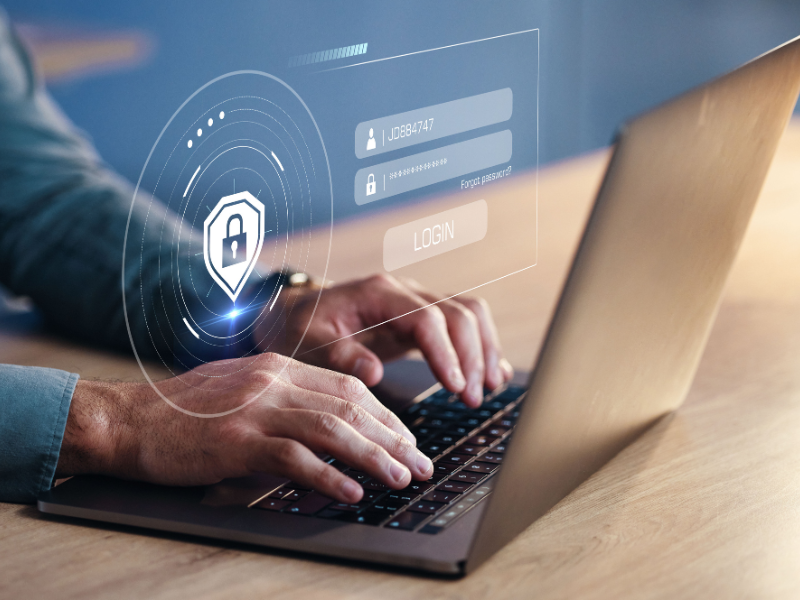
A structured approach to evaluating options can help decision makers balance security needs with usability and long-term value.
Evaluation Criteria
- Breadth of coverage: Does the solution protect IT and OT environments, as well as cloud and hybrid assets?
- Detection and response speed: Can the system identify threats faster than human teams, ideally in real time?
- Integration: Will the solution work with existing security operations, logging, and compliance systems?
- Deployment complexity: What time and resources are required to deploy, manage, and maintain the solution?
- Legacy system compatibility: How well does the system protect both new and legacy systems without forcing expensive refreshes?
- Recovery time objectives: What tools are available to ensure data integrity and enable system restoration?
Traditional vs. Zero Trust Approaches
Traditional security models emphasize perimeter defenses and end-user awareness training. Although these efforts are valuable, they can leave the interior of a network susceptible to fast-moving threats once they gain an initial foothold. Zero Trust approaches, on the other hand, assume a breach will occur and enforce least-privilege access to critical digital assets with every interaction—both user- and system-initiated.
The Zero Trust model reduces the attack surface and slows lateral movement, which are two key elements that fuel ransomware attacks.
ROI Considerations
Like other IT investments, it is easy to view ransomware protection as another cost center. However, a business case for ransomware protection should accurately reflect the avoided costs of remediation and other losses. These include:
- Lost revenue from operational downtime
- Regulatory and compliance fines
- Legal liabilities
- Reputational damage
When these recovery costs are considered, the right ransomware protection solution can pay for itself many times over by preventing a single incident.
Leveraging a Vendor Selection Framework
Ready to take the next step and identify the right ransomware protection solution?
A vendor selection framework can help organize your organization’s various requirements and needs, aligning them with the available solutions. To start, organizations should build a selection framework with the following elements as a foundation:
- Mapping the ransomware protection solution features against core needs, including prevention, detection, containment, and recovery
- Evaluating proof-of-concept deployments to validate features, compatibility, and scalability
- Assessing vendor stability, roadmap, and customer support
- Prioritizing vendors that deliver layered defenses with minimal complexity
Zentera’s CoIP Platform
Zentera’s CoIP Platform is designed to address these challenges by overlaying Zero Trust security controls into existing IT and OT environments, all without requiring organizations to rip-and-replace legacy systems.
Zentera’s CoIP Platform ensures scalable segmentation, precise vendor and user access controls, and built-in containment of ransomware, all while simplifying deployment across complex infrastructures.
Ransomware Defense: Move from Awareness to Action

Therefore, staying ahead of these threats and maintaining operational resilience requires more than checklists, occasional training, and perimeter defenses. Instead, it demands a layered defense strategy that leverages Zero Trust-enabled technologies that can account for speed, scale, and the inevitability of compromise.
Want to learn how to improve your organization’s security posture? Then take the next step and download our guide, The Common-Sense Approach to Ransomware Defense.
FAQs
Ransomware is a type of malware, or malicious software, that blocks access to data and systems in exchange for payment. Many groups now steal data first to add extortion pressure.
Phishing, social engineering, vulnerable services, and supplier access are common routes. Living-off-the-land tactics help them avoid detection.
Nothing can entirely prevent ransomware, but combining prevention (e.g., MFA, patching), protection (e.g., least-privilege access, segmentation/overlay, brokered vendor access), and recovery (e.g., tested backups) can help mitigate attacks.
They’re often human-operated, with data exfiltration before encryption and strong use of LOLBins to blend in.
Recovery can range from a few days to several months, depending on the scale of the attack, the organization’s backup and recovery processes, and whether systems need to be rebuilt. Even with proactive planning, significant downtime and business disruption can be expected.
Healthcare, manufacturing, finance, education, and government agencies are frequent targets because of the value of their data to their operations, their reliance on critical systems and operational continuity, and varying levels of cyber maturity.
Costs can vary depending on the size of the organization and the structure of its infrastructure and data. Proactive investments can include security software, monitoring services, employee training, backup infrastructure, and incident response planning. Although the upfront costs can initially seem high, they are often far less than the average multi-million-dollar cost of a successful ransomware incident.
Yes. Cloud services can be encrypted or have their data stolen just like on-premises systems, especially if attackers gain access through compromised credentials, misconfigurations, or third-party integrations. Cloud backups can also be affected if not isolated and secured.
“Backup” is the process of creating copies of data, whereas “recovery” is the ability to restore and effectively utilize that data after an incident. Many organizations discover too late that, although they have backups, they lack tested recovery processes to minimize downtime or recover all current data.
Application chambers isolate critical applications inside a protected, digitally segmented environment. By restricting how apps interact with users, networks, and external systems, application chambers minimize the attack surface and contain the spread of potential threats, reducing the chance of ransomware moving laterally.









